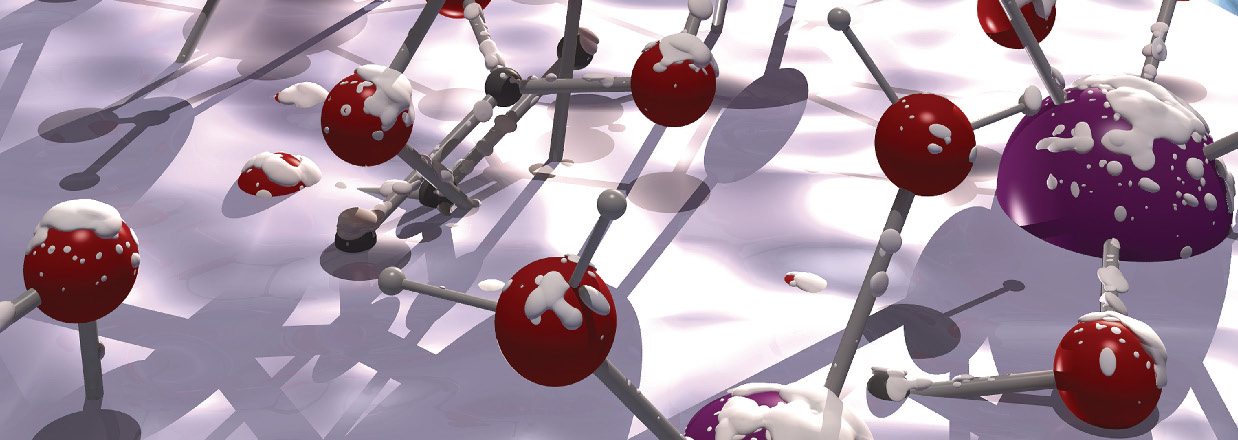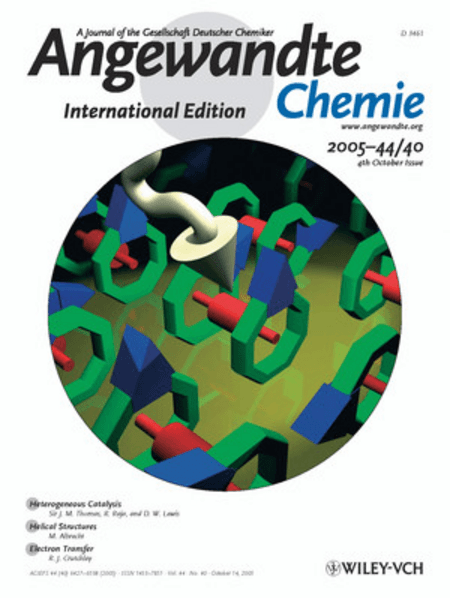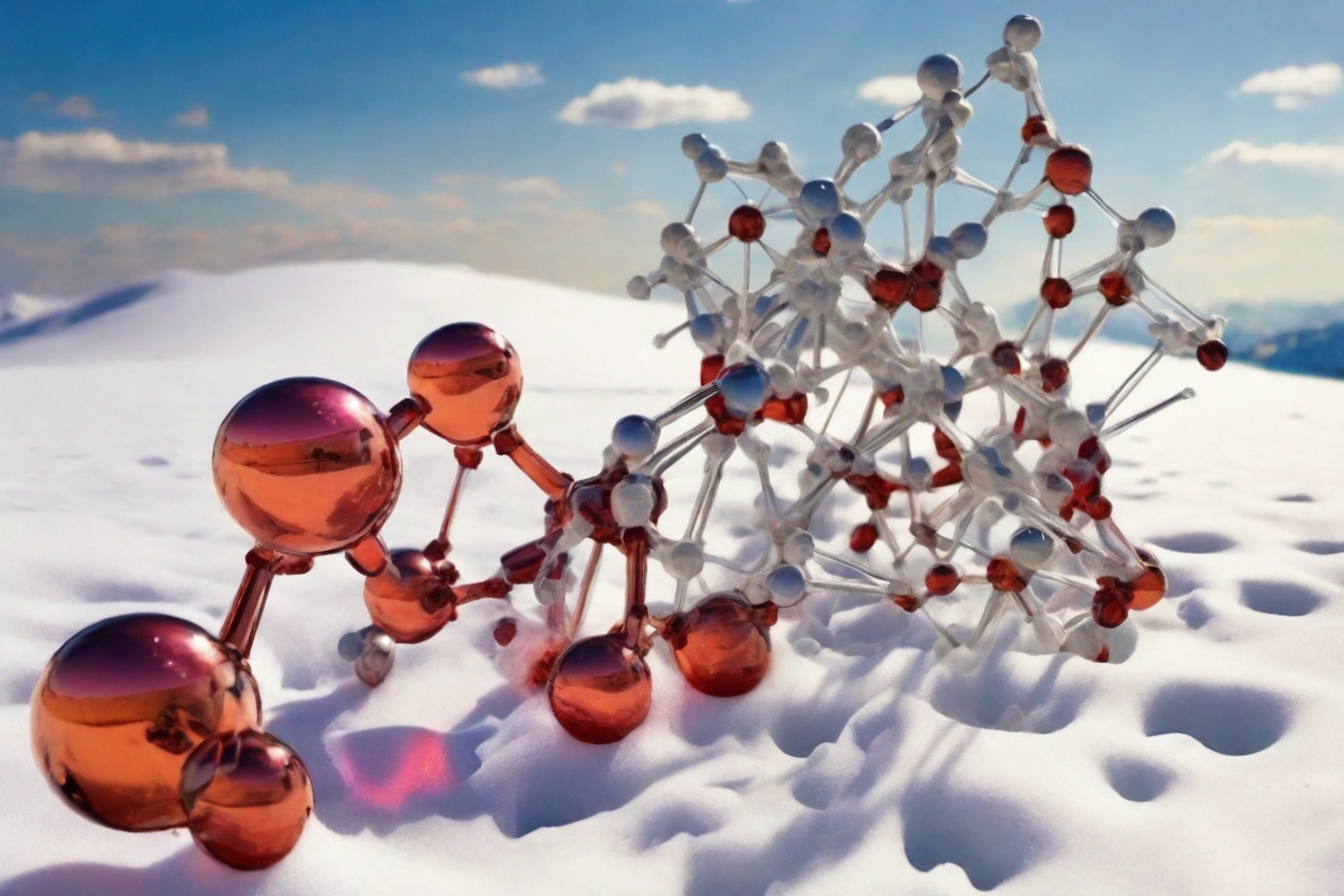Molecule-based magnetic coolers
The basics
Magnetic refrigeration exploits the magnetocaloric effect (MCE), which describes the changes of magnetic entropy ΔSm and adiabatic temperature ΔTad, following a change in applied magnetic field ΔH. This well-established technique in cryogenics is particularly effective for cooling applications that reach temperatures close to absolute zero. Its diverse applications range from superconducting magnets and helium liquefiers to medical instrumentation and various scientific research endeavors.
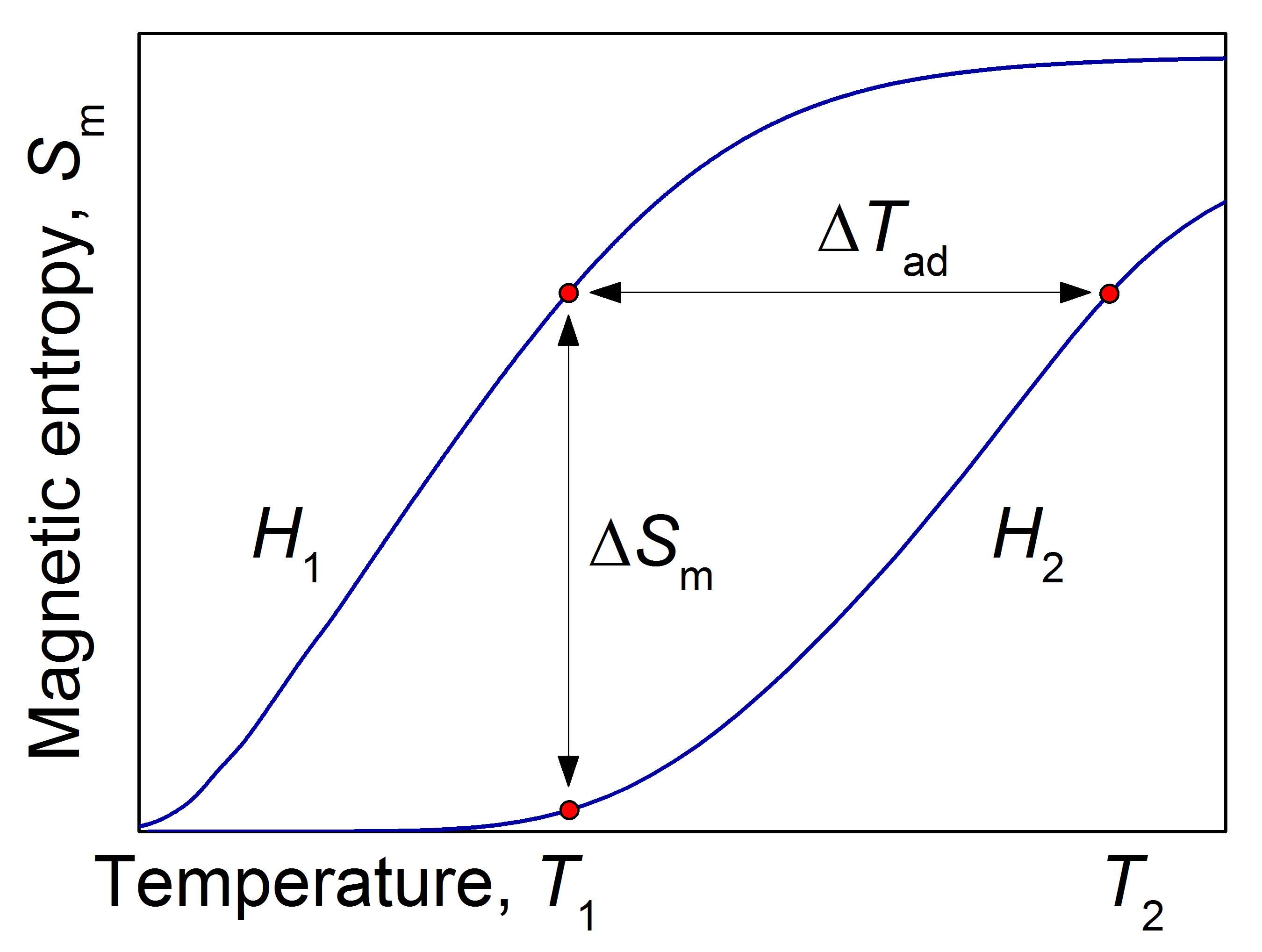
Adiabatic demagnetization refrigerators serve as essential low-temperature platforms in both research laboratories and space missions, where the lack of gravity complicates cooling through traditional methods, such as 3He-4He dilution. Approximately ten years ago, the global annual sales of adiabatic demagnetization refrigerators were around 30 units, rendering this market relatively small and economically unappealing. However, a significant transformation has occurred, with several companies now actively participating in this sector. The primary catalyst for this change has been the soaring cost of helium, particularly the more elusive 3He isotope. This shift highlights the growing importance and potential of magnetic refrigeration technology in various fields.
The molecules
All magnetic materials exhibit MCE; however, the intensity of this effect varies significantly based on the unique properties of each material. Molecule-based magnetic coolers are particularly promising candidates for practical applications because: (i) their quantum characteristics can be finely controlled and optimized, and (ii) they are often soluble in common organic solvents, facilitating the transfer of their functionality into various systems.
What was once an unexplored and emerging field of research has matured considerably in recent years. Indeed, the number of molecule-based materials proposed as magnetic refrigerants has surged, especially since 2010. We can now count over twenty new molecule-based coolers introduced each year, leading to more than an impressive two hundred publications in this dynamic research area by April 2017.
One of the positive outcomes of this growing interest is that molecule-based magnetic coolers have successfully navigated the complex landscape of both molecule-based magnets and magnetocaloric materials, establishing a distinct identity of their own. This evolution in the field not only highlights the potential of these materials but also paves the way for innovative applications in energy-efficient cooling technologies.
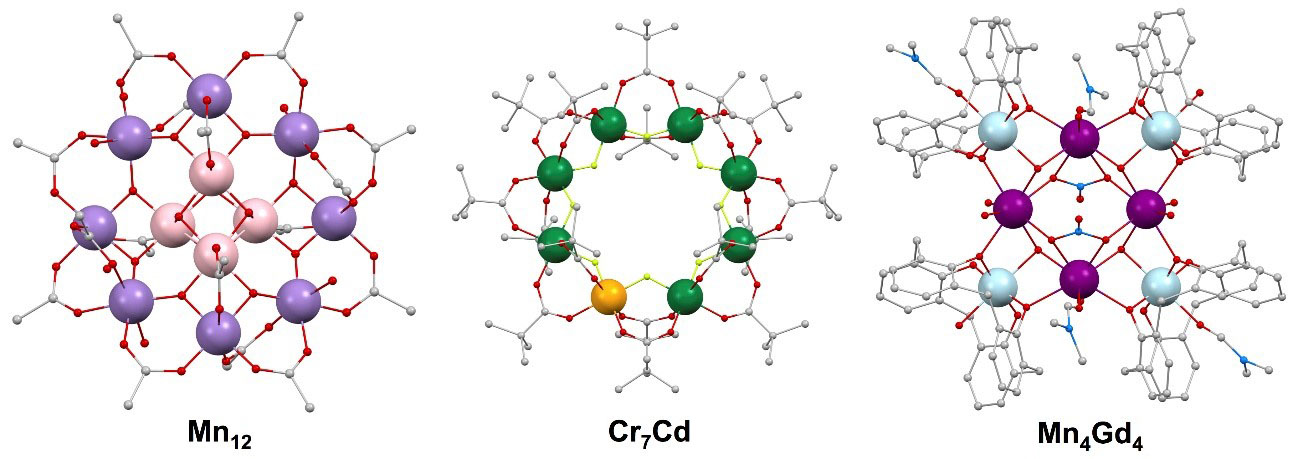
The milestones
A personal view of how this research field has evolved over time is summarized by the following milestones, chronologically listed from top to bottom.
- When high spins meet high magnetic anisotropy: the archetypal single-molecule magnets Mn12 and Fe8, as molecular coolers [1a,1b].
- When low spins meet low magnetic anisotropy: the molecular wheels Cr7Cd, as molecular coolers [2].
- When high spins meet low magnetic anisotropy: the molecular nanomagnets Fe14 and Mn10, as molecular coolers [3a,3b].
- Weak exchange coupling, as a means to enhance the field-dependence of the MCE. Experimentally reported for molecular nanomagnets, based on transition-metal ions [4a,4b].
- Incorporating Gd3+ ions to further enhance the MCE, as experimentally observed for 3d-4f molecular nanomagnets [5a]. Role played by the magnetic anisotropy, or its lack thereof [5b].
- Since ligands are nonmagnetic and thus act passively, the lighter they are, the relatively larger is the MCE, as experimentally verified for purely Gd-based molecular nanomagnets [6]. This same publication reports the first direct measurement of the MCE of a molecular cooler, though for T > 5 K only.
- First molecular coolers for sub-Kelvin temperatures [7].
- Gd-based metal-organic frameworks, as molecular coolers [8a]. The first molecular cooler with a MCE larger than the reference refrigerant Gd3Ga5O12 [8b]. Also in Ref. [8b], the first direct measurements of the MCE of a molecular cooler at sub-Kelvin temperatures, using a homemade method.
- Molecular coolers on silicon substrate, towards on-chip micro-refrigerators [9].
- Quantum signatures of magnetically frustrated molecular coolers in direct measurements of the MCE, using a homemade method [10a,10b].
- Cooling by rotating magnetically-anisotropic molecular nanomagnets in a static applied magnetic field [11].
- First magnetocaloric composite based on molecular coolers grafted onto carbon nanotubes: intermolecular heat transport in direct measurements of the MCE [12].
And more to come…
